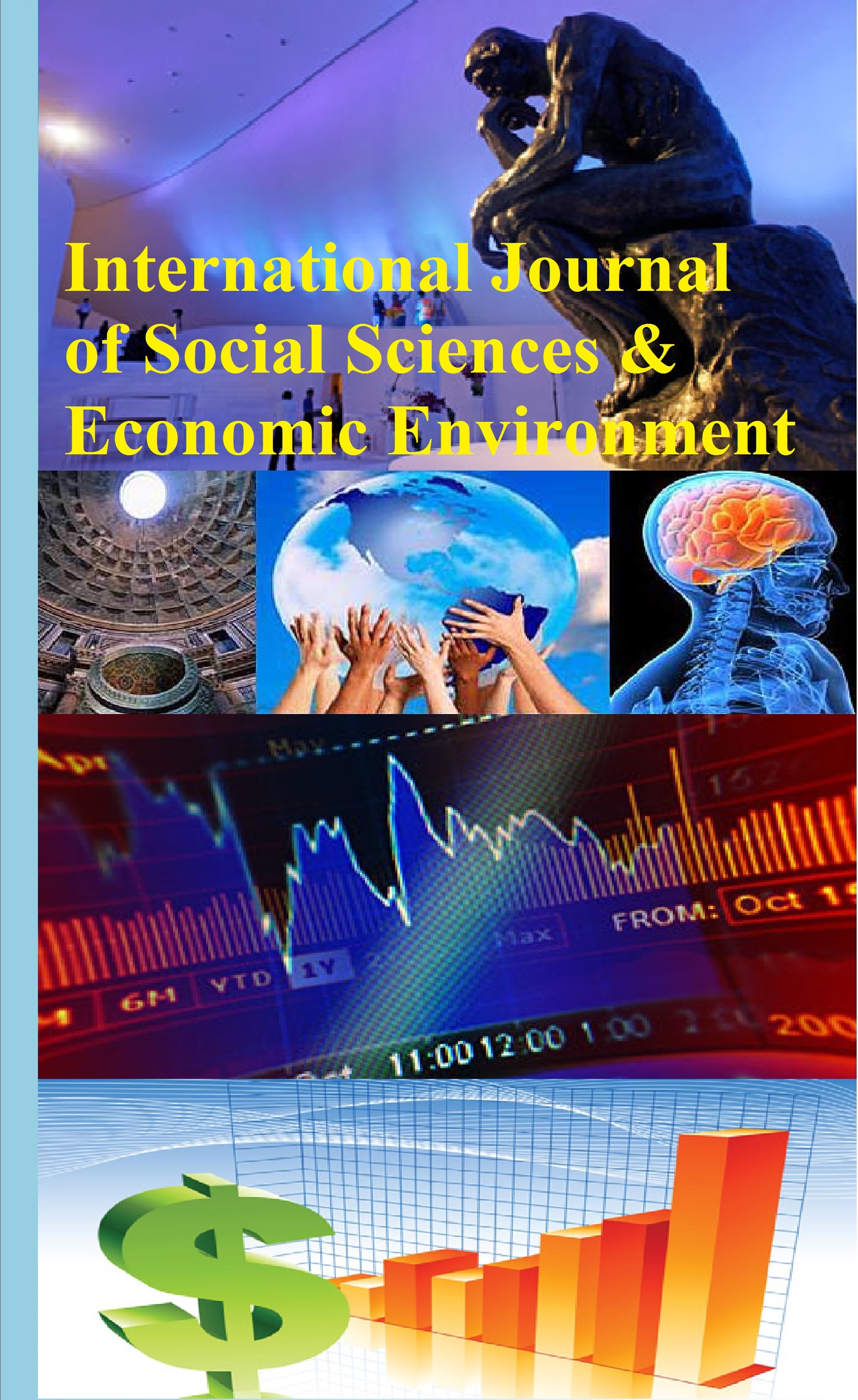ABSTRACT
Purpose: The study provides answers to queries about how Ghana's unemployment rate is affected by inflation as well as effective strategies Ghana's government can use to address challenges in the current economy
Methodology: In order to forecast future results, this study examined the changes in Ghana's unemployment and inflation rates between 1991 and 2021. Annual time series statistics for these attributes were compiled using data from secondary sources
Findings: The Phillips curve shows how the unemployment and inflation rates are related. The ADF test revealed stationary inflation and unemployment rates at the initial variation, while the Johansen cointegration test revealed a single cointegrating equation at a 10 level of significance. Using the Vector Error Correction Model (VECM) model at lag 3, the short- and long-term interactions between Ghana's inflation and unemployment rates were investigated.
Practical Implications: The findings indicate that Ghana's unemployment rate and inflation rate have a long-term positive association, which defies the Phillips curve. The estimate of 0. 2035 for the Equilibrium Error Correction Coefficient (ECM) is significant and has the appropriate sign. This means that after a shock, everything will quickly return to normal.
Originality/value: The research analysis significantly adds to the body of knowledge on Ghana's projected future returns between inflation and unemployment rates. An economy depending on the nation's unemployment problems and the current state of the economy. The outcome demonstrated a long-term, positive link relating to rates of unemployment and price increases. As a result, the government should create an economic plan to permanently reduce the rate of unemployment and inflation.
Keywords: Phillips Curve; Stationary; Cointegration; Inflation; Unemployment; Vector Error Correction Model (VECM)
 Check for Updates
Check for Updates




